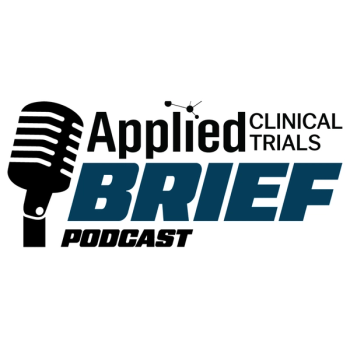
Europe and U.S. Regulators Increase Cooperation on Inspections
The European Commission, the FDA, and the European Medicines Agency (EMA) have signed a new confidentiality agreement that allows regulators on both sides of the Atlantic to share non-public and commercially confidential information, including trade secrets about inspections.
“This confidentiality commitment is a milestone in the ongoing implementation of the mutual recognition of inspections of medicine manufacturers and it aims to strengthen the EU-U.S. relationship,” noted the EMA in a press release issued on August 23. “Ultimately it will contribute to a more efficient use of inspection resources by regulators for the protection of human and animal health.”
The EU and the U.S. have had confidentiality arrangements in place since 2003, allowing for the exchange of confidential information as part of their regulatory and scientific work, but complete exchange of information was not possible under these arrangements.
The new agreement formally recognizes that FDA's EU counterparts have the authority and demonstrated ability to protect the relevant information, according to the EMA statement.
“This step now allows the sharing of full inspection reports, allowing regulators to make decisions based on findings in each other’s inspection reports and to make better use of their inspection resources to focus on manufacturing sites of higher risk,” it concluded.
Newsletter
Stay current in clinical research with Applied Clinical Trials, providing expert insights, regulatory updates, and practical strategies for successful clinical trial design and execution.






.png)



.png)



.png)
.png)
